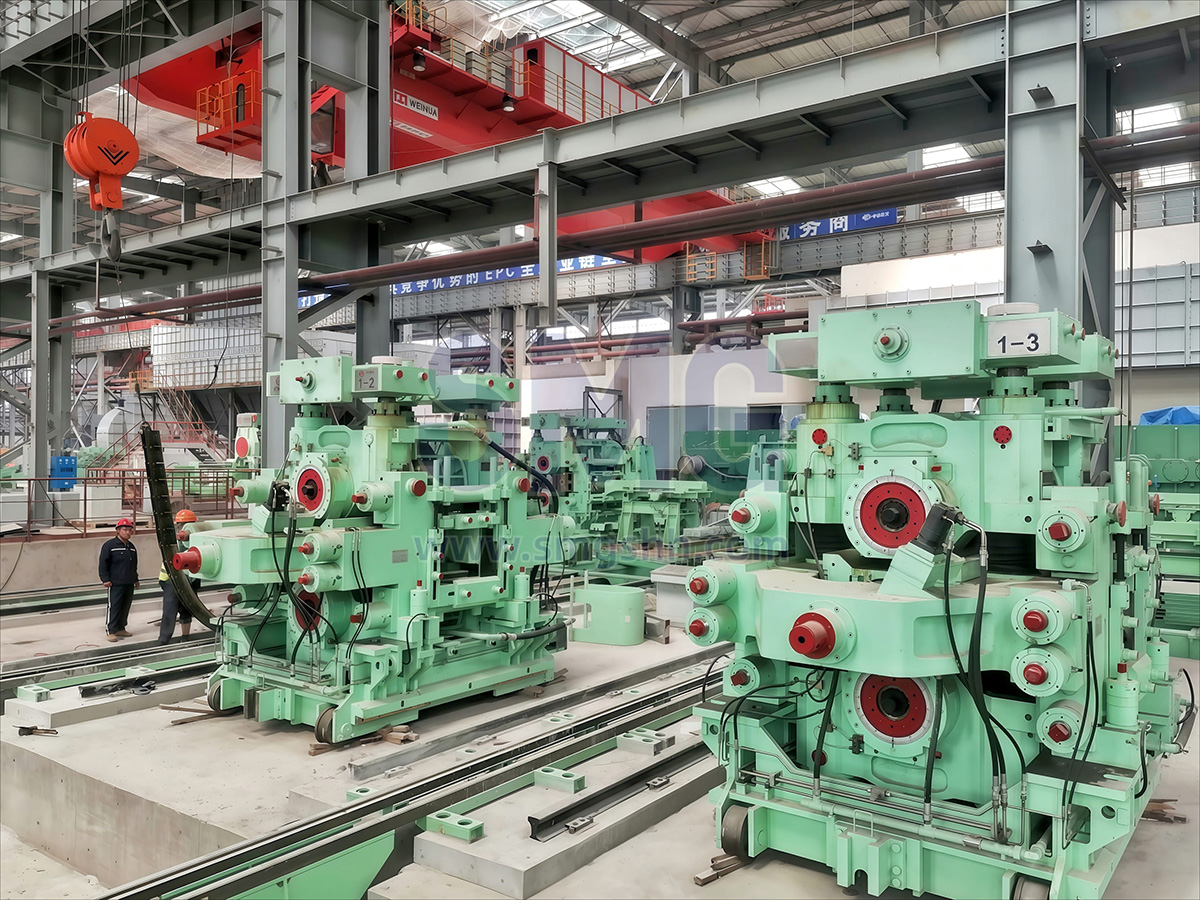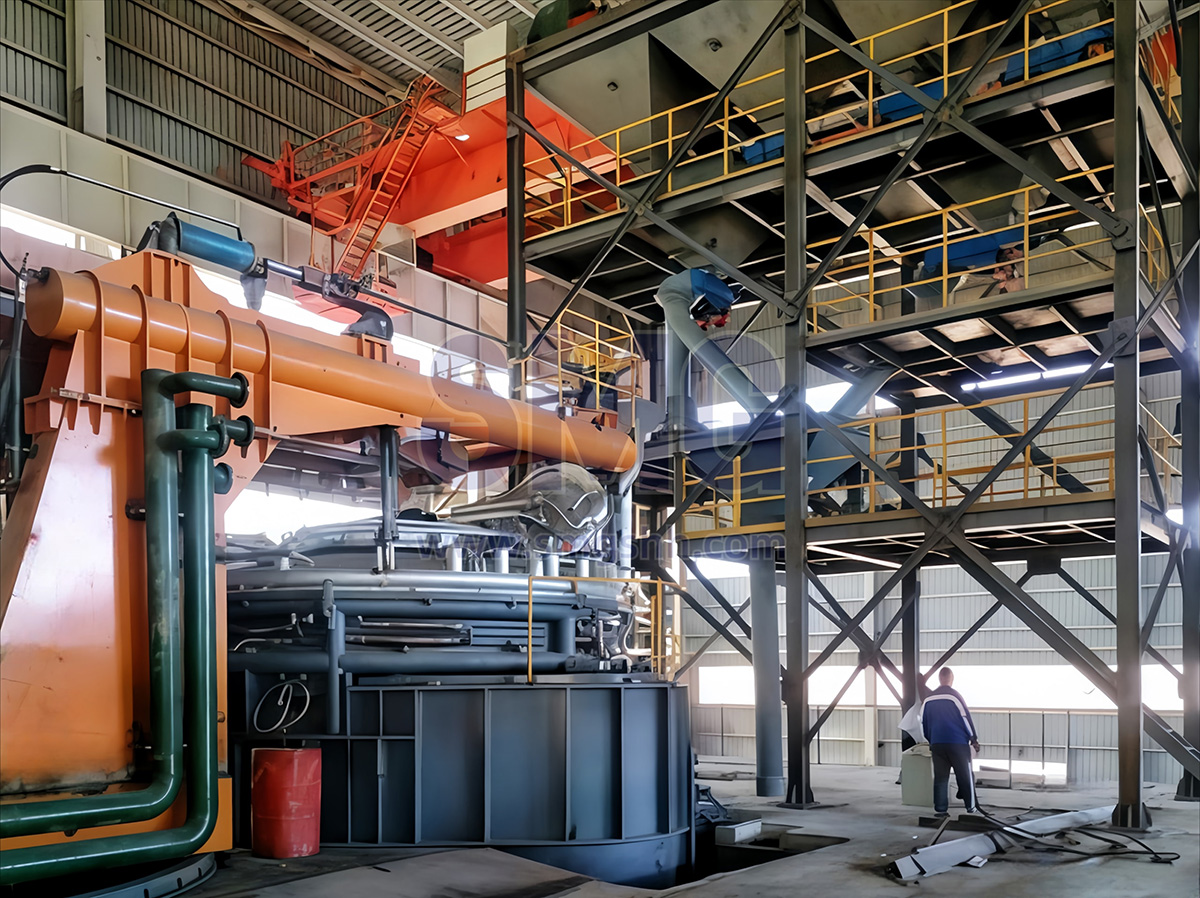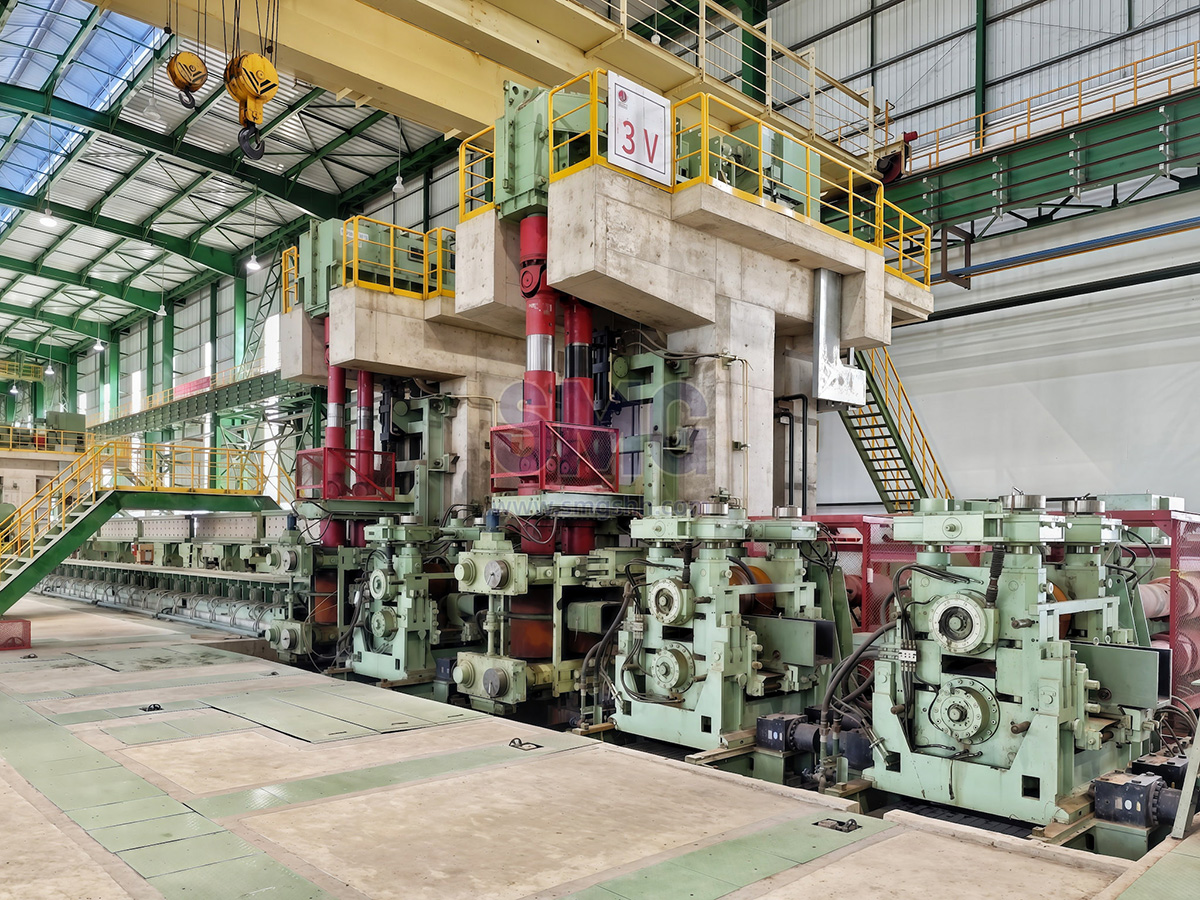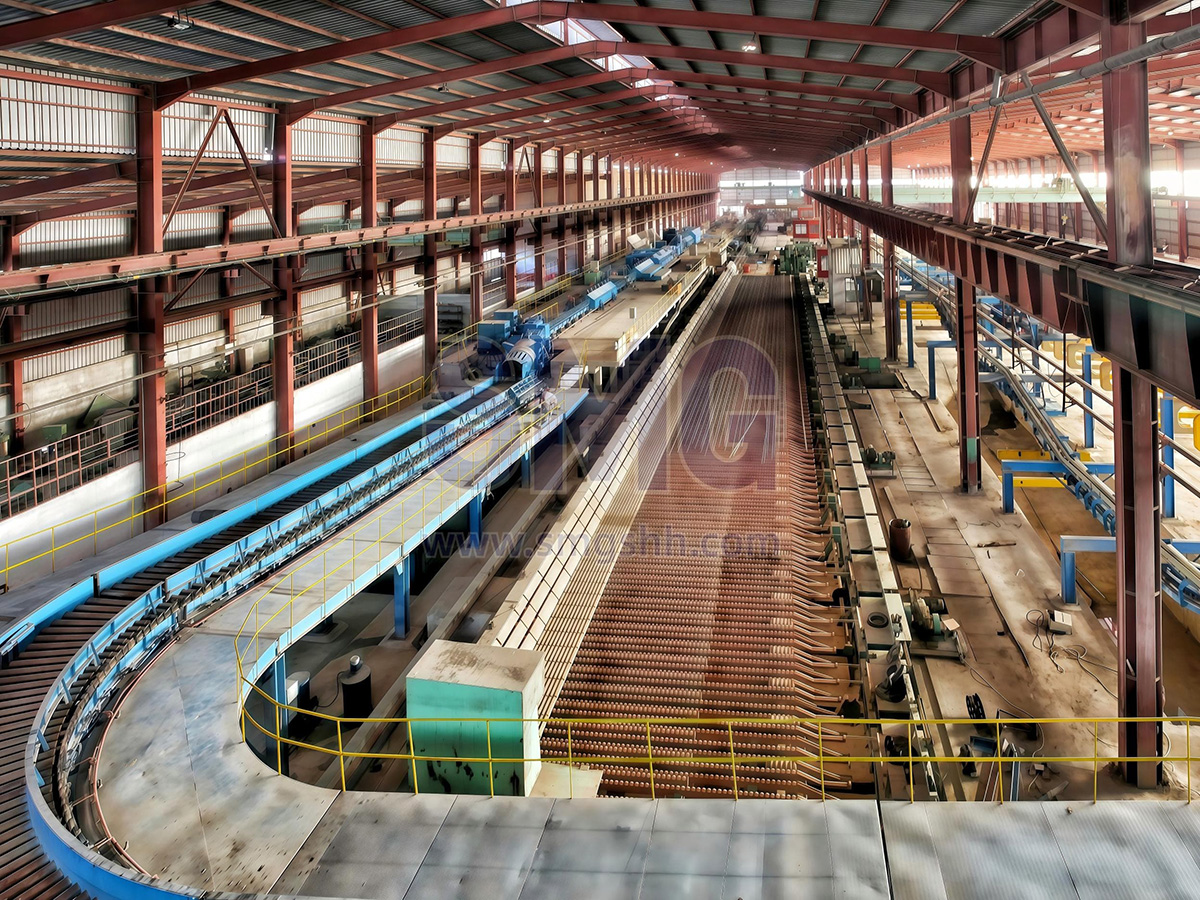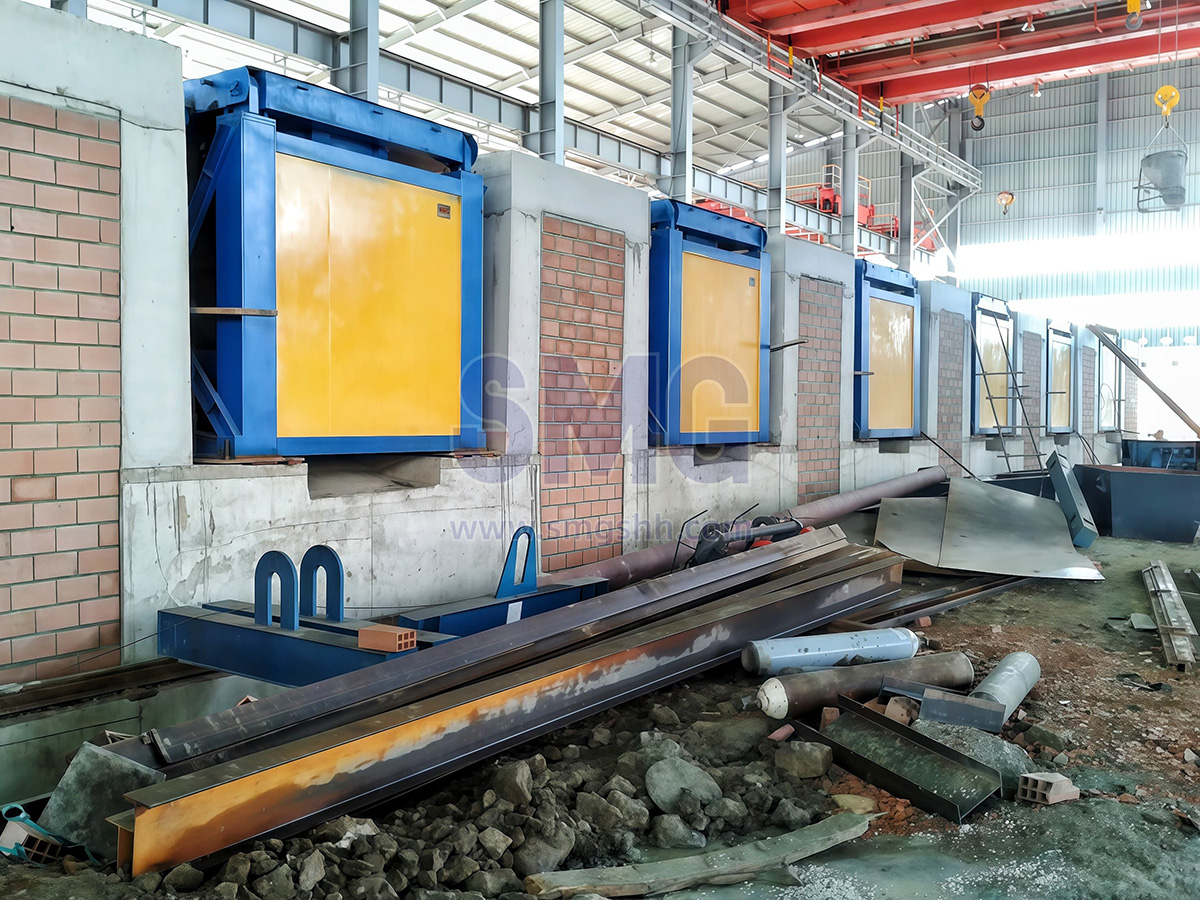Water quenching cooling, also known as online rapid cooling, is a critical controlled cooling process in the production of hot-rolled steel. Its core principle is to immediately perform controlled rapid cooling on the steel after rolling and before it enters the cooling bed. The aim is to regulate the phase transformation process and microstructure of the steel, thereby obtaining specific mechanical properties and microstructures. This helps reduce or even eliminate subsequent heat treatment processes, ultimately achieving the goals of cost saving, efficiency improvement and product quality enhancement.
I. From the Perspective of Process
The process is the "soul" of water quenching cooling (online rapid cooling), as it defines the objectives, pathways, and parameters of the cooling process.
1. Core Process Objectives:
Strength Improvement: Through rapid cooling, the transformation of austenite into coarse ferrite and pearlite is inhibited, while the formation of fine ferrite, bainite, and even martensite is promoted, thereby achieving grain refinement strengthening and phase transformation strengthening. For products such as rebars and wire rods, this enables them to reach high-strength grades (e.g., HRB500E, HRB600) without adding alloying elements (such as vanadium, niobium) or with reduced dosages of these elements.
Toughness Enhancement: The refined grains not only improve strength but also significantly enhance the low-temperature impact toughness of steel.
Control of Microstructure and Property Uniformity: Ensure consistent cooling rates across the cross-section and along the length of the steel, so as to obtain uniform mechanical properties and metallographic structure.
Morphology Control: For wire rods, water quenching cooling can control the structure and thickness of the scale on their surface, reducing pickling time and acid consumption.
2. Key Process Parameters:
Cooling Start Temperature: The surface temperature of the steel when it enters the cooling system. It must be higher than the phase transformation point (Ar3) to ensure the steel is in a fully austenitic state, enabling controlled phase transformation.
Cooling End Temperature: The surface temperature of the steel when it exits the cooling system. As one of the most critical parameters, it directly determines the final phase transformation products and microstructure type.
Cooling Rate: The magnitude of temperature drop per unit time. A faster cooling rate results in finer microstructure and higher strength. The cooling rate is controlled by water pressure, water volume, and cooling time.
Cooling Time/Path: The duration the steel stays in the cooling zone. Together with the rolling speed, it determines the cooling length. By controlling the cooling path (e.g., "slow cooling - rapid cooling - self-tempering"), more complex microstructure regulation can be achieved.
3. Typical Process Route (Taking Rebar as an Example):
Rolling → Temperature Measurement → Water Quenching Cooling → Temperature Measurement → Cooling Bed Entry
Process Control Logic: Based on the rolling speed and final rolling temperature, the water pressure and flow rate of the water cooling system are calculated and adjusted in real time. This ensures that the final cooling temperature remains stable at the target set value, regardless of fluctuations in incoming material conditions. After the steel exits the water cooling system, the residual heat in the core is used to "self-temper" the martensite or bainite structure already formed on the surface, resulting in a tempered sorbite structure. This achieves a balance between high strength and excellent ductility-toughness.
II. From the Perspective of Equipment
Equipment is the "physical body" of the water quenching cooling process and serves as the physical guarantee for achieving process objectives.
1. Composition of Core Equipment:
① Water Tank/Cooler:
Structure: Typically a closed box with densely arranged cooling water pipes or nozzle arrays inside. Sealing devices are installed at both ends of the water tank to prevent massive leakage of cooling water and ensure that the water flow tightly wraps around the steel.
Nozzle Design: The most critical component. Annular slot nozzles or vortex nozzles are usually adopted, which can form a high-speed, uniform, and continuous water curtain. This water curtain breaks the vapor film on the steel surface (Leidenfrost effect), enabling efficient nucleate boiling heat transfer and ensuring extremely high cooling efficiency.
② High-Pressure Water Supply System:
Composition: Includes high-pressure water pumps, pressure stabilizers, main pipelines, filters, control valves (electric or pneumatic control valves), etc.
Function: Provides stable, high-pressure, and large-flow cooling water. The water pressure can usually reach 1.0 MPa ~ 2.5 MPa or even higher, and high water pressure is a prerequisite for ensuring a high cooling rate.
③ Precision Control System:
Sensors: The core component is the infrared thermometer, which performs real-time, non-contact temperature measurement on the steel before and after it passes through the cooling device. Additionally, it includes pressure sensors, flow meters, speed encoders, and other devices.
Control Unit (PLC/DCS): It receives signals from the thermometers, speed encoders, and other sensors. Based on the preset process mathematical models (such as the final cooling temperature control model), it calculates and outputs instructions to the control valves in a real-time and dynamic manner.
Actuators: The main components are control valves. According to the instructions from the control unit, they quickly and accurately adjust the flow rate and pressure of the cooling water entering the cooler to respond to changes in rolling speed and temperature.
④ Water Treatment and Circulation System:
Composition: Includes water collection tanks, sedimentation tanks, filters, cooling towers, circulation pumps, and other components.
Function: It collects, filters, and cools the used cooling water, then reuses it. This not only saves water and promotes environmental protection but also ensures water quality (to prevent nozzle clogging).
Water quenching cooling is a typical technology that closely integrates refined processes with high-precision equipment.
